Pop Culture
‘Wicked’ Costume Designer on How M.C. Escher and Damien Hirst Inspired His Vision of Oz
Designer Paul Tazewell had a particular vision for the outfits of Oz.
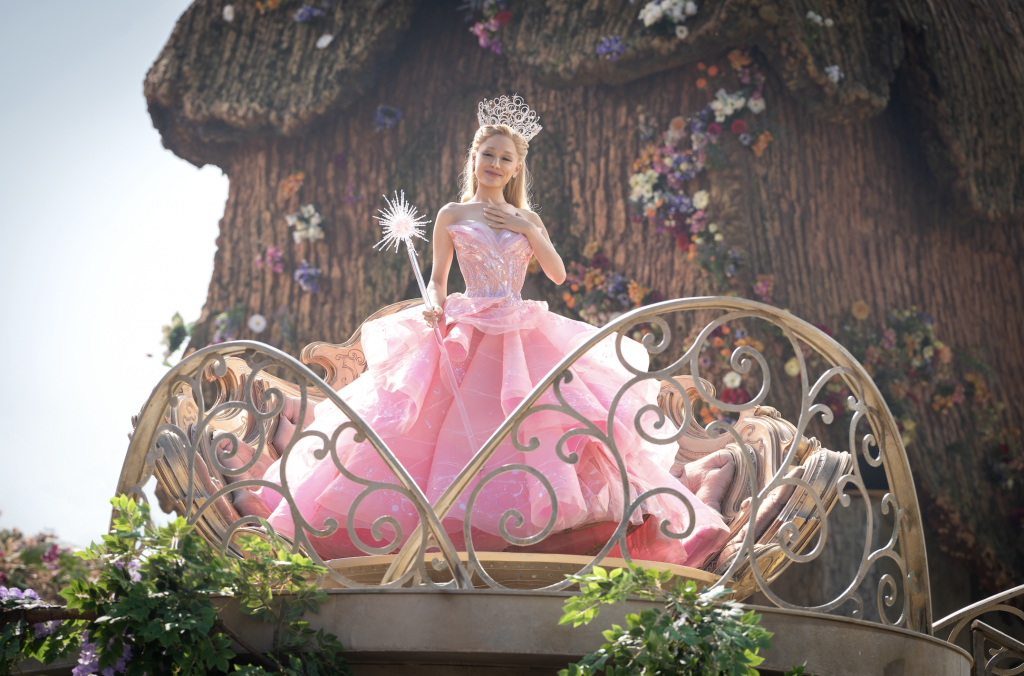
Designer Paul Tazewell had a particular vision for the outfits of Oz.

Vittoria Benzine

The hotly anticipated on-screen adaptation of Wicked—the musical extravaganza which was in itself an adaptation of a novel—has finally hit cinemas. Director John M. Chu tapped Grammy-winning musician Ariana Grande and Tony-winning performer Cynthia Erivo to animate the Wicked Witch of the West’s beloved back story. He also brought on decorated costume designer Paul Tazewell, of Hamilton fame, to dress his new iteration of Oz.
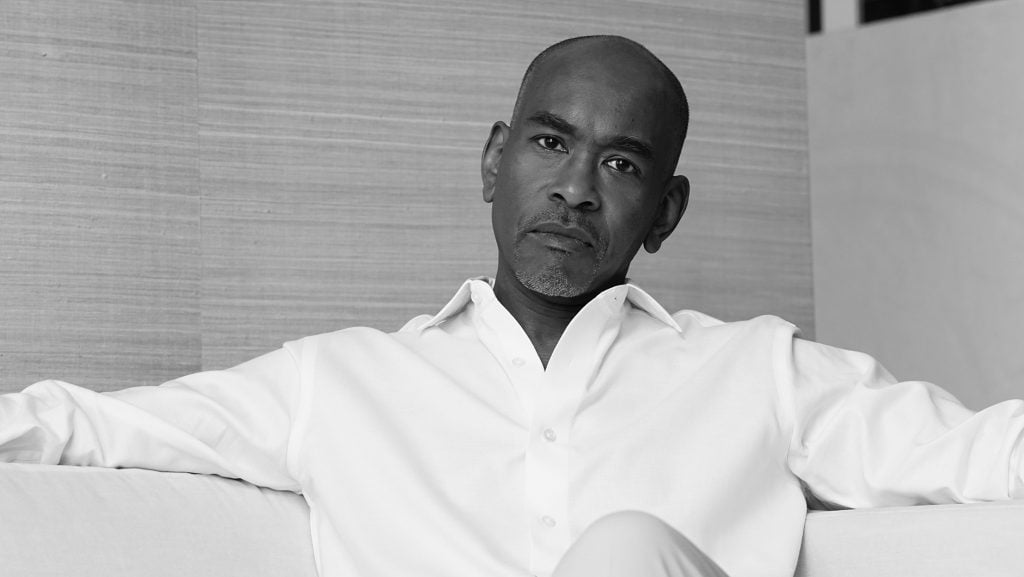
Paul Tazewell. Image: Brian Isom.
“I’ve always been very influenced by The Wizard of Oz film,” Tazewell told Artnet News over Zoom, in reference to the timeless 1939 classic, starring Judy Garland as Dorothy. “Growing up through childhood, it played every year at Easter.” In fact, Tazewell cut his teeth designing costumes for his Akron high school’s production of The Wiz (another musical fantasy based on the same source material) well before hitting the big time.
The designer knows he’s not the only fan with deep feelings for Wicked, the stage musical which has become the second-highest grossing Broadway production ever (beaten only by The Lion King), since debuting in 2003. As such, he balanced innovation with tradition. “It’s a fantasy world,” Tazewell mused. “That’s the wonderful thing—it’s very open for interpretation.”
His take draws from the magic of nature. For Glinda, Grande’s good witch, Tazewell embraced an opportunity the musical never could due to copyright law, by recreating the pink bubble dress worn by Billie Burke in the original 1939 film. However, Tazewell’s rendition references the Fibonacci spiral, found across shells and flowers. The designer explained that he counts Damien Hirst amongst the artists who inspired his Wicked. The YBA’s influence manifests, perhaps, in the circular embellishments glimmering amidst this gown’s 20,000 beads.
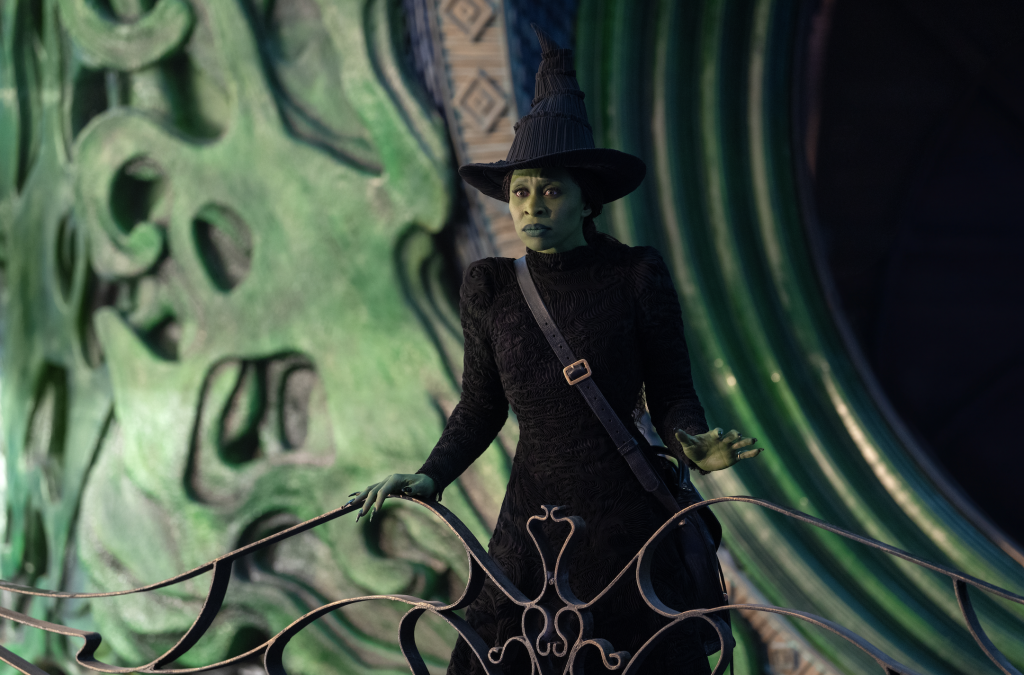
Elphaba outside the Wizard’s tower, near the end of Wicked Part 1. Image: Giles Keyte/Universal Pictures.
Glinda evokes bubbles and butterflies, but Erivo’s Elphaba is all about earth, emphasizing the dramatic tension between her grounded nature and unruly magical powers. Tazewell saw a documentary about mushrooms while making mood boards for this movie, and was struck by their fungal beauty. “Then I started to think about Elphaba and her connection to nature because of her avocation for animals,” he added.
Wicked was destined to make a great movie no matter what due to its timeless story, which gains fresh urgency in our era of virtue signaling. Glinda, the prom princess heralded over and over as good, begins the movie as a bully, and ends it as a sellout. But cinema loves a good villain, and Glinda’s ostentatious outfits offer an irresistible delight—from her flowing pajamas to the gorgeous dress she wears to the Ozdust Ballroom, inspired by a rose Tazewell found in London’s Regent Park during filming. However, Elphaba’s all-black outfits are equally extravagant.
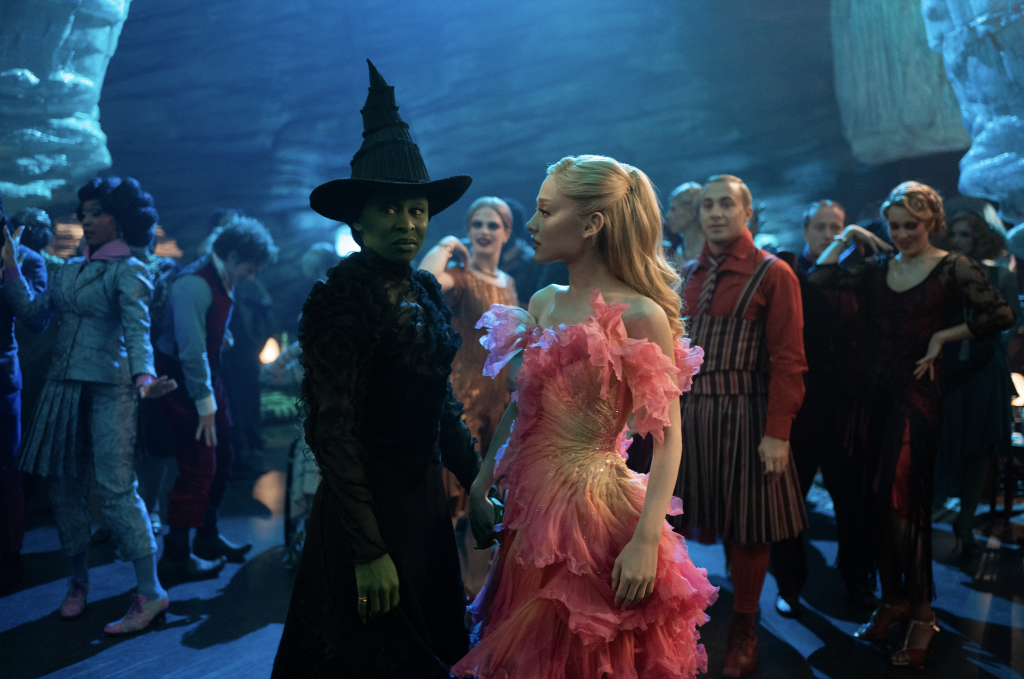
Elphaba and Glinda at the Ozdust Ballroom. Image: Giles Keyte/Universal Pictures.
“I really gravitate to Elphaba’s story,” Tazewell said. “Some of that is because that character is a person of color that is seen incorrectly.” He’s worked with Erivo before, on the film Harriet (2019), a biopic that tells the story of the abolitionist hero Harriet Tubman . As such, the two collaborated brilliantly to illustrate Elphaba’s arc in clothes. Her outfits are imbued with delicate details and rich symbolism. When the character arrives at Shiz University, where most of the film takes place, she is buttoned up in a black coat with striking shoulders. As time goes on, her outfits open like a bud.
Glinda starts off as Elphaba’s aesthetic opposite, but their aesthetic draws closer alongside their friendship. Tazewell’s favorite look of the whole film is Elphaba’s final dress, donned for her visit to the Wizard. At first it is elegant and simple, before an intricate, micro-pleated texture emerges. The illusion was inspired by one of Tazewell’s other inspirations, M.C. Escher, and is designed to evoke a mushroom’s underbelly.
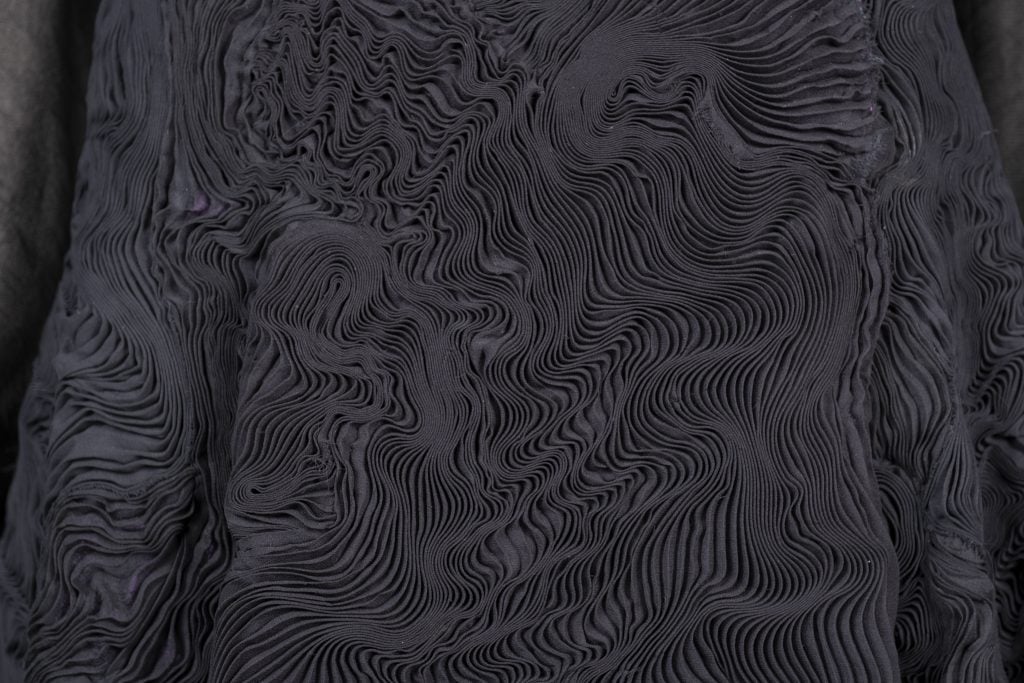
A close up view of Elphaba’s final dress. Image: Giles Keyte/Universal Pictures.
Such details abound. Erivo herself suggested Elphaba’s boots should get taller throughout the film, and into its sequel—due next fall—to show her burgeoning self-possession. The shoes her father bestows upon her sister Nessarose, meanwhile, resemble tornados, foreshadowing Elphaba’s fate. Tazewell hopes they will become just as iconic as Dorothy’s slippers. If you look very closely, it is also possible to spot two spiral pinkie rings Elphaba wears in every scene, showing she’s where the pattern starts.
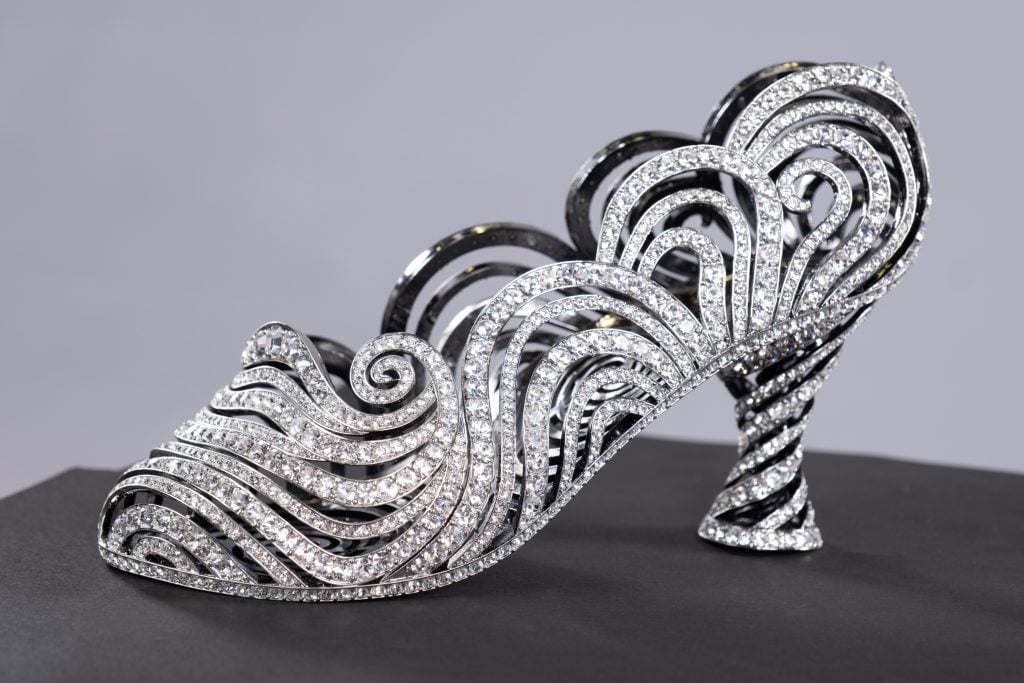
Nessarose’s tornado heel. Image: Giles Keyte/Universal Pictures.
Beyond the exceptional attention paid to the main characters, Tazewell created over 1,000 costumes for the film, including every Shiz student and citizen of Emerald City. His designs blend seamlessly with the movie’s mesmerizing maximalism, but they are active, not passive, within it.